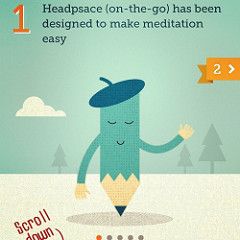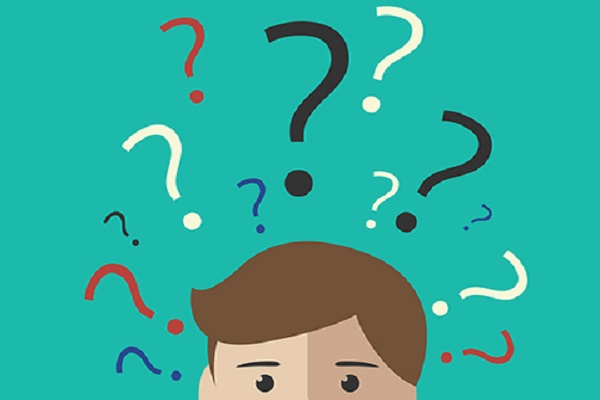Genre allows us to categorize different text and works for art. Once categorized, it becomes easier for us to understand the kind of text we are about to experience. For example, if you’re a college student who walks into your local bookstore looking for a book that will excite you and cause you to further procrastinate on your twelve-page research paper, you probably don’t want to pick up something about the industrial revolution. You may want something set in a dystopian future where the main character is a young adult, much like yourself, and they end up saving the world by the end of the story. This is where genre helps us avoid what we don’t want and stirs us towards what we desire.
When most people think of genres, they probably think about, “…a text’s medium, such as newspapers, albums, or…specific items within a genre, such as horror, romantic comedy, Western, and so on” (Ball et al., 63). I’ll admit that I’m one of those people. Before sitting down to watch a movie, I want to take into consideration what kind of movie it is. If I’m in the mood to laugh, I know I can expect that from a comedy, but if I want to be scared, maybe I’ll watch a horror film. This is basically how we’ve come to understand genre. As is stated in Writer/Designer: A Guide to Making Multimodal Projects, “…audiences expect something from newspapers that they do not expect from movies…genre helps us to recognize how to group similar text and understand their communicative purpose” (Ball et al., 63).
Based on this definition of genre, I believe that it is supported by digital genres. Digital genres have the same function as genres of print text. They communicate a purpose. For instances, in Blogs and Blogging: Text and Practice by Aimeée Morrison, she examines the Blog as a digital genre. Morrison states, “…the blog has attained the mainstream as a form of digital personal diary, an outlet for citizen journalism, a community space for special interest forums, and a medium for more passive entertainment.” Here, she is address the fact that a Blog is a popular genre in itself, but under that umbrella are many different subgenres of blogs that attract different audiences. This grants us the ability to navigate through various blogs and find the right one to match our sensibilities.
Similar to what Vivian mentioned in her blog post, I’d like to explore digital genres that have emerged due to our use of technology. For project 1, I’m particularly interested in researching the genre of Self Care Apps such as Headspace, which is a mental health app, or MyFitnessPal, a physical health app. Because of my interest in the mental health awareness and how people with mental illnesses are stigmatize, I’m leaning more towards apps like Headspace as my main focus.

Word Count: 475
Work Cited:
Ball, Cheryl E. et al. Writer/Designer: A Guide to Making Mulimodal Projects. 2nd ed., New York, Bedford/St. Martin’s, 2018.
Morrison, Aimeée. “Blogs and Blogging: Text and Practice.” A Companion to Digital Literary Studies, ed. Susan Schreibman and Ray Siemens. Oxford: Blackwell, 2008, www.digitalhumanities.org/companionDLS/.
